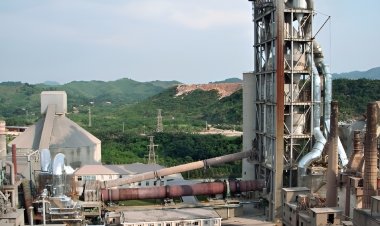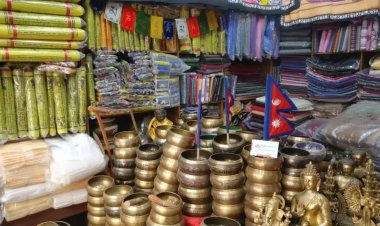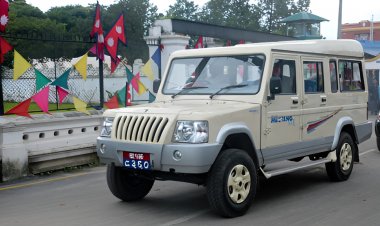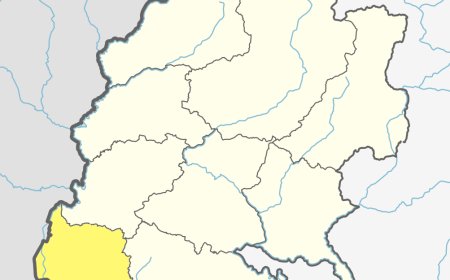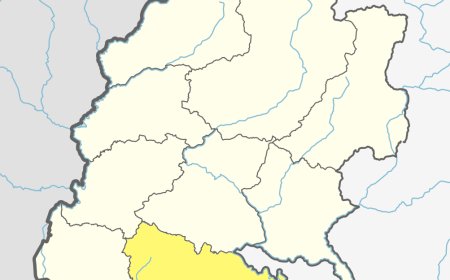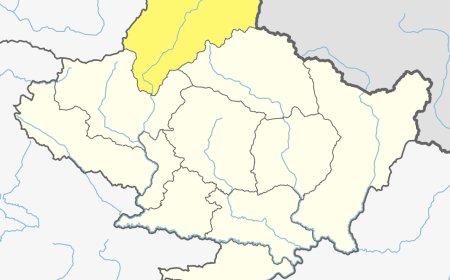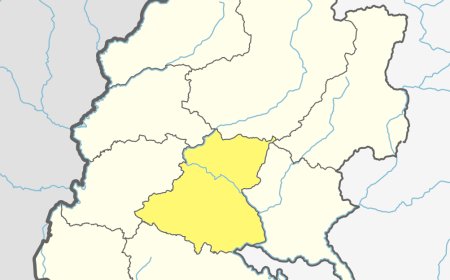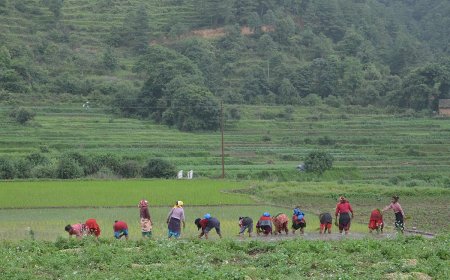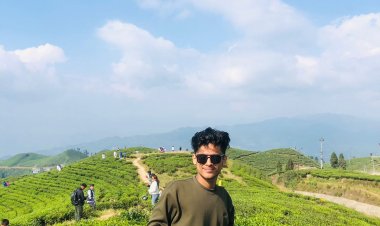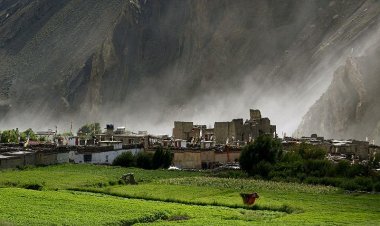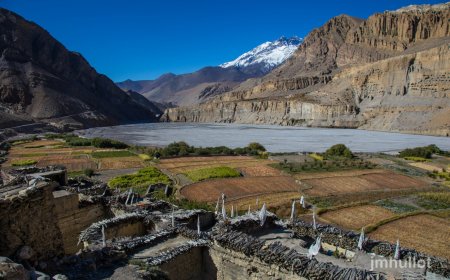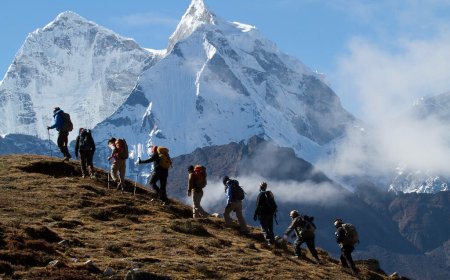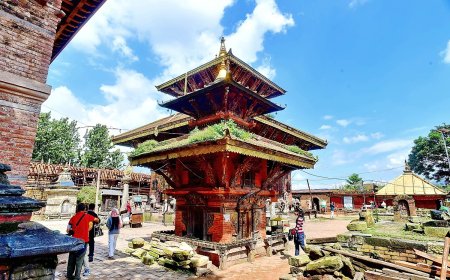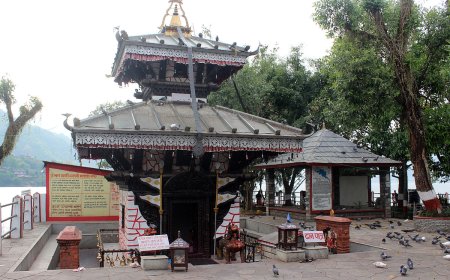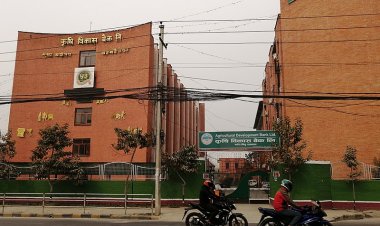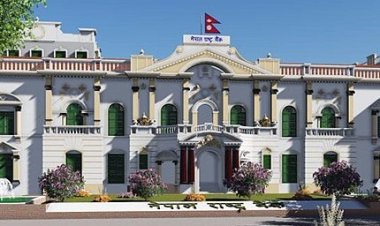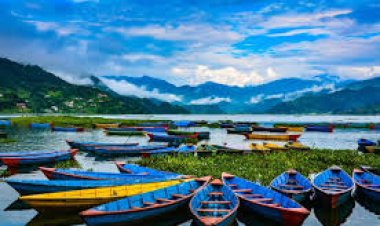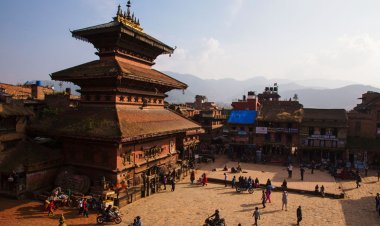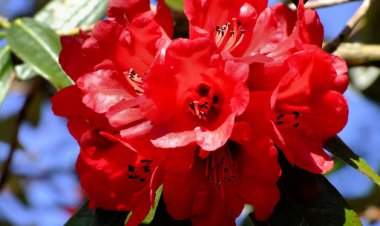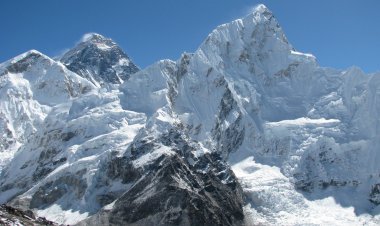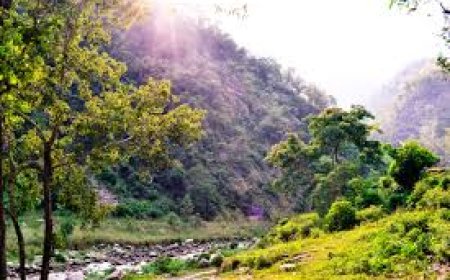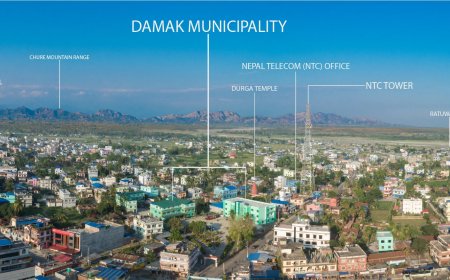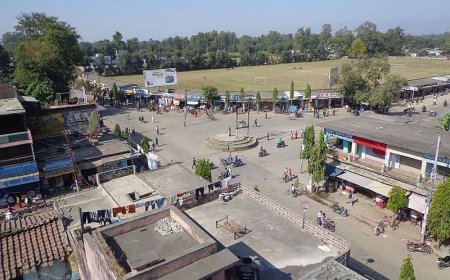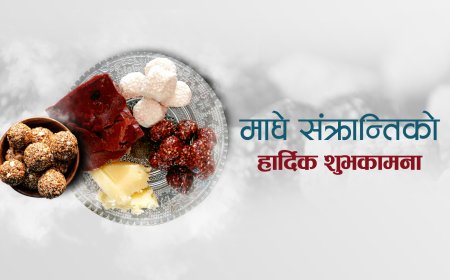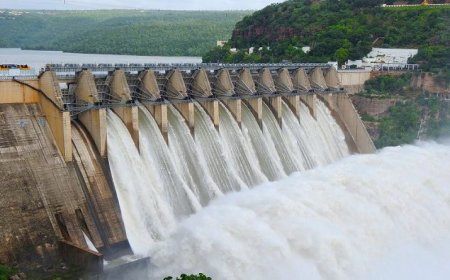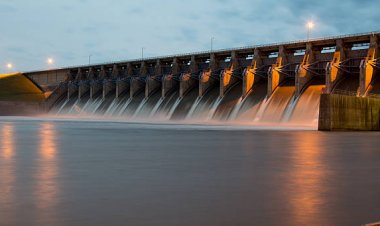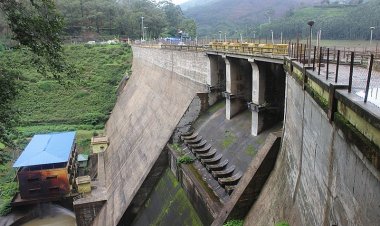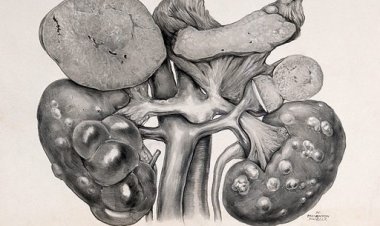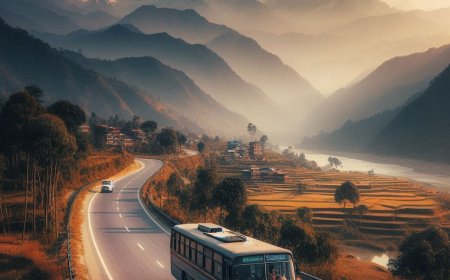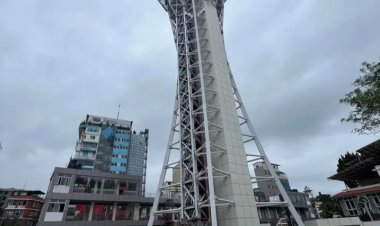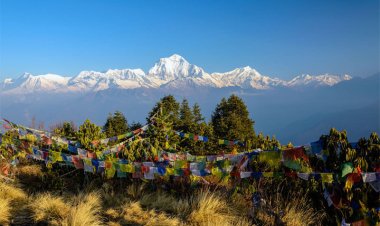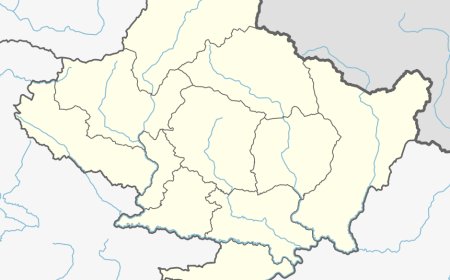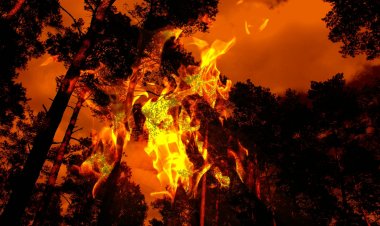Baitadi: Discover the Beauty of Nepal’s Far-Western Hills
Let’s explore Baitadi, a district of natural charm, ancient temples, and rich traditions, located in the serene hills of Sudurpaschim.
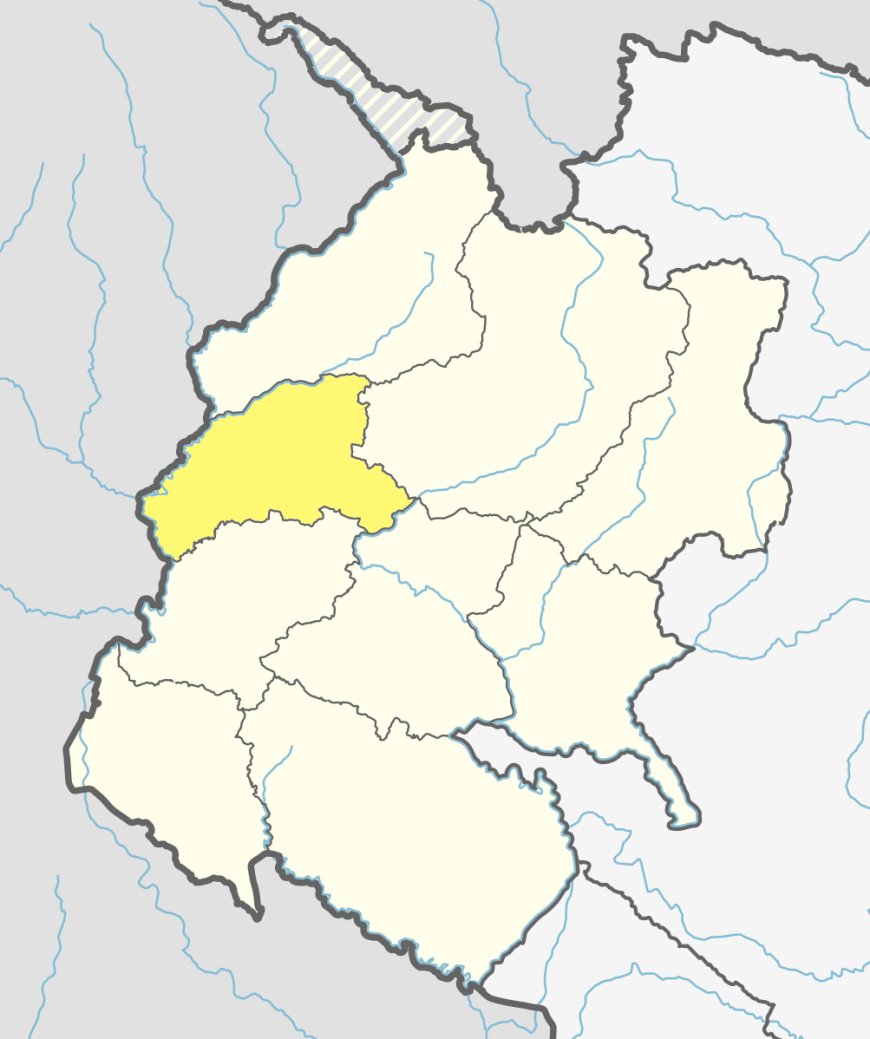
Introduction

Baitadi is one of the beautiful districts located in the far-western region of Nepal, known for its stunning natural landscapes, rich cultural traditions, and historical significance. Located in Sudurpashchim Province, this district is a gateway to the Api-Nampa Conservation Area and is renowned for its blend of rolling hills, snow-covered peaks, and ancient cultural heritage. The district headquarters, Dasharathchand, offers a charming introduction to this captivating region. With its verdant valleys, sacred temples, and warm hospitality, this district promises an unforgettable experience for nature enthusiasts, trekkers, and cultural explorers alike.
Geographical Overview
This district covers an area of 1,519 square kilometers and boasts a diverse topography, ranging from gentle hills to rugged mountains. The district's elevation varies between 600 meters and 7,132 meters, with the towering Api Peak standing as a prominent landmark.
The climate of this district ranges from subtropical in the lower areas to alpine in the higher altitudes, supporting a rich variety of flora and fauna. Rivers such as the Mahakali and Surnaya flow through the district, providing vital resources for irrigation, hydropower, and aquatic ecosystems.
Table: Geographical Features
|
Feature |
Data |
|
Total Area (sq. km) |
1,519 |
|
Altitude Range (m) |
600–7,132 |
|
Major Rivers |
Mahakali, Surnaya |
|
Climatic Conditions |
Subtropical to Alpine |
Demographics
This district is home to a population of approximately 250,000, and is a melting pot of various ethnic communities. The dominant groups include Chhetri, followed by Brahmin, Dalit, and indigenous groups. Nepali is the most widely spoken language, but the district also features regional dialects that reflect its cultural diversity. Festivals, traditional music, and dances form an integral part of life in Baitadi, showcasing its vibrant heritage.
Table: Ethnic Composition
|
Ethnic Group |
Percentage (%) |
|
Chhetri |
55% |
|
Brahmin |
20% |
|
Dalit |
15% |
|
Other Groups |
10% |
Cultural and Historical Significance
This district is steeped in cultural and historical importance. The district is home to many sacred temples and sites, such as the Tripurasundari Temple, a revered destination for pilgrims. The Gaura Parva festival, unique to Sudurpashchim Province, is celebrated with great fervor and showcases the region's distinct traditions.
Another highlight is the Dasharath Chand Memorial Park, which commemorates the national hero Dasharath Chand, who was born in this district and played a vital role in Nepal’s fight for democracy.
Table: Key Festivals
|
Festival |
Month |
Significance |
|
Gaura Parva |
August |
Celebrates marital devotion and cultural harmony |
|
Dashain |
October |
Hindu festival symbolizing the victory of good |
|
Tihar |
November |
Festival of lights and brotherhood |
|
Holi |
March |
Festival of colors |
Major Attractions and Activities
The district’s unique landscapes and cultural heritage make it an emerging destination for both domestic and international tourists. The Api-Nampa Conservation Area is a major attraction, offering opportunities for trekking, wildlife observation, and exploration of alpine ecosystems.
Other notable sites include the historic Patan Durbar, traditional villages like Shreekot, and the beautiful Mahakali River, which is ideal for rafting and angling. Visitors can also experience the warm hospitality of the local communities while exploring their traditional crafts and cuisines.
Table: Major Attractions
|
Attraction |
Location |
Highlight |
|
Api-Nampa Conservation Area |
Northern Part |
Trekking and biodiversity |
|
Tripurasundari Temple |
Dasharathchand Municipality |
Sacred Hindu pilgrimage site |
|
Patan Durbar |
Central Part |
Historical and architectural significance |
|
Mahakali River |
Western Part |
White-water rafting and scenic beauty |
This district also offers various activities such as hiking, bird watching, and participation in traditional festivals. With a focus on eco-tourism, the district aims to preserve its natural beauty while promoting sustainable development.
Economic Overview
The economy of this district is predominantly agrarian, with crops like maize, wheat, and barley being the primary staples. Apple farming has also gained prominence in recent years, contributing significantly to the local economy. The Mahakali River supports fishing and hydropower initiatives, while tourism is gradually emerging as a key sector.
Traditional crafts, such as weaving and pottery, provide additional income for the locals and help preserve cultural heritage.
Table: Economic Highlights
|
Sector |
Contribution |
|
Agriculture |
Maize, wheat, barley, apples |
|
Tourism |
Api-Nampa trekking, cultural landmarks |
|
Traditional Crafts |
Weaving, pottery |
Conclusion
Baitadi is a district that seamlessly blends natural splendor, cultural depth, and historical significance. From the awe-inspiring Api-Nampa Conservation Area to the sacred Tripurasundari Temple, the district offers a diverse array of experiences for adventurers, pilgrims, and cultural enthusiasts alike. Its vibrant festivals, friendly communities, and sustainable tourism initiatives make it a hidden gem waiting to be discovered. Whether you are captivated by its dramatic landscapes or its enduring traditions, this district ensures a memorable journey for every visitor.
Frequently Asked Questions (FAQs)
-
Where is Baitadi located?
Baitadi is situated in the far-western region of Nepal, in Sudurpashchim Province.
-
What is Baitadi best known for?
The district is renowned for the Api-Nampa Conservation Area and the Tripurasundari Temple.
-
Which rivers flow through Baitadi?
The Mahakali and Surnaya rivers are the major rivers in Baitadi.
-
What is the dominant ethnic group in Baitadi?
The Chhetri community forms the largest ethnic group in the district.
-
What are the major crops grown in Baitadi?
Maize, wheat, barley, and apples are the primary crops grown in Baitadi.
-
What is the best time to visit Baitadi?
Spring (March to May) and autumn (September to November) are the best seasons to visit Baitadi.
-
What cultural festival is unique to Baitadi?
The Gaura Parva festival is unique to the region and highlights marital devotion.
-
What is the significance of Tripurasundari Temple?
The temple is a sacred site for Hindus and attracts pilgrims from across the country.
-
What makes Api-Nampa special?
Api-Nampa is known for its diverse wildlife, pristine landscapes, and challenging trekking routes.
What's Your Reaction?































